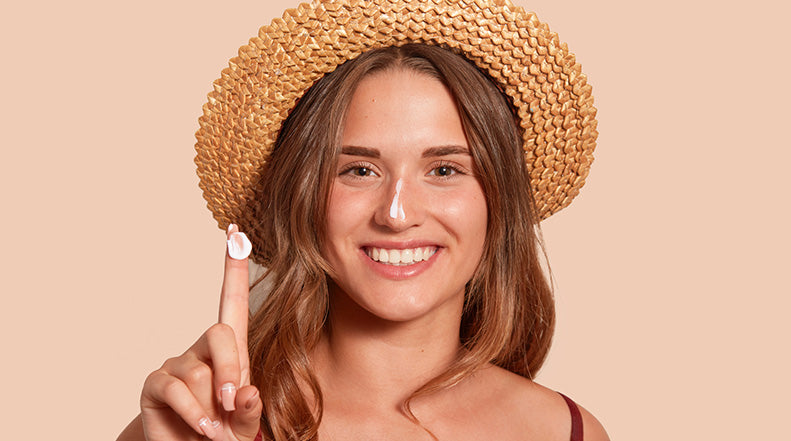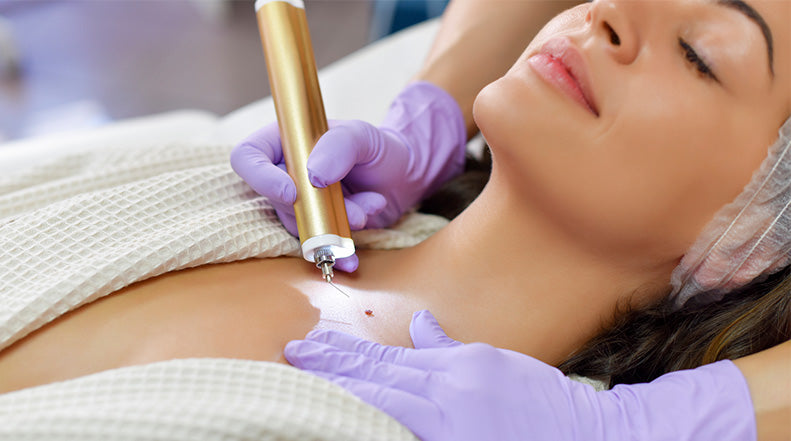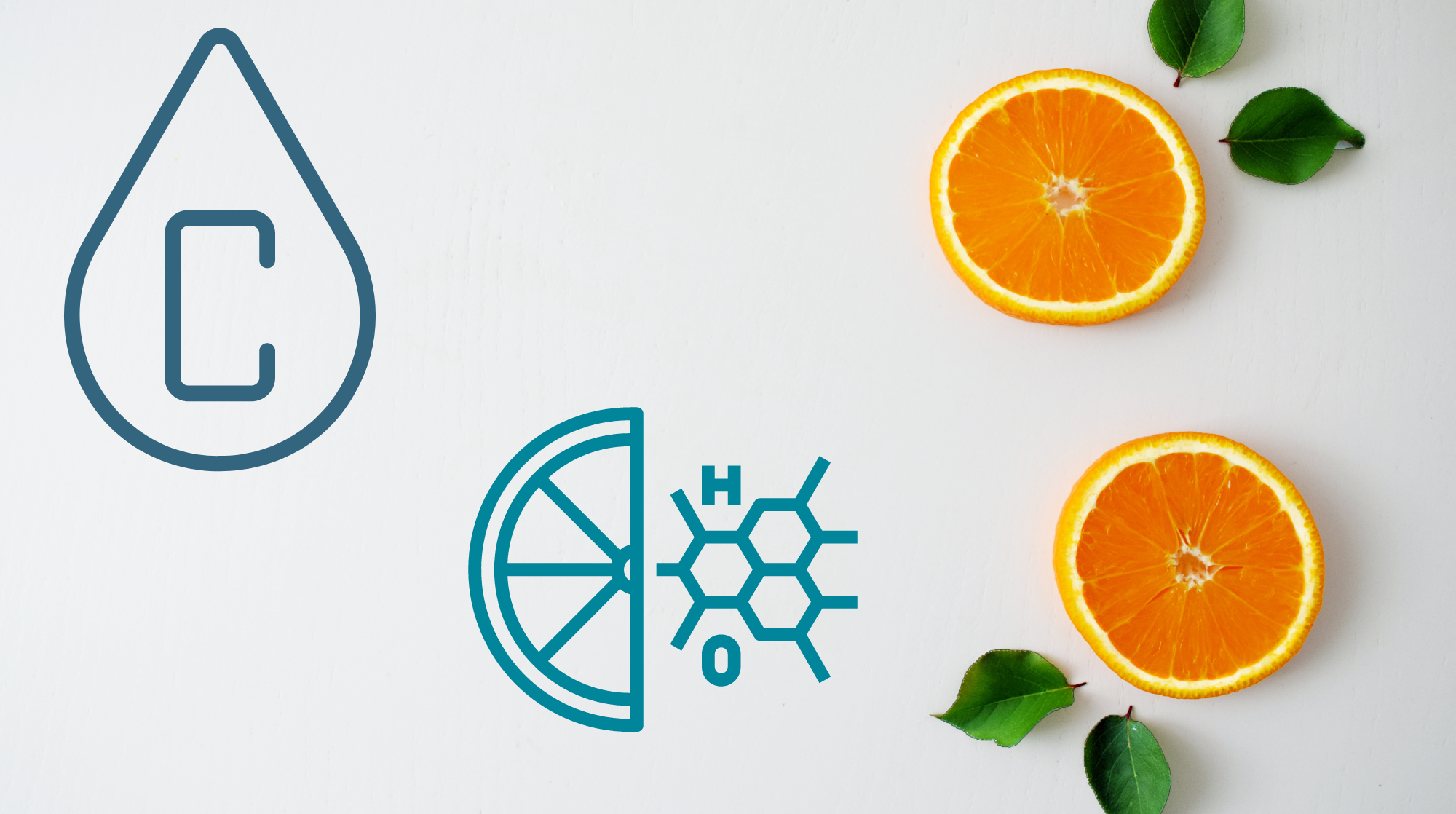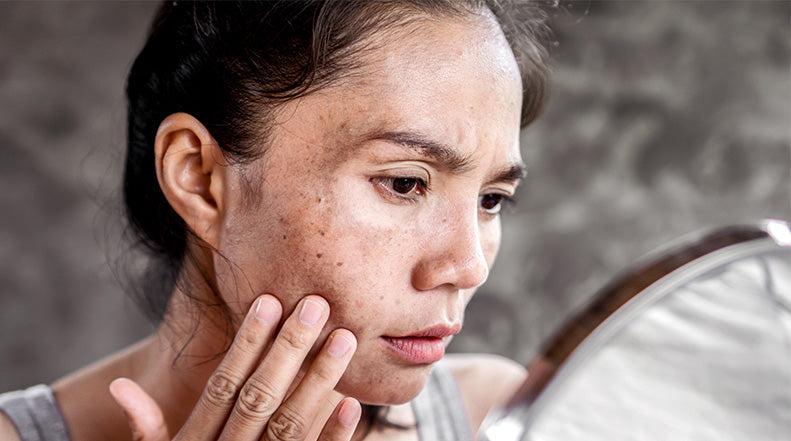How to Choose the Best Sunscreen for Your Scar

Recently on the blog we discussed why it’s important to protect your scar from the sun. Scars require extra protection because they are very susceptible to the sun’s damaging UV rays, which can cause scars to turn dark brown and thicken. While the best way to protect your scar from the sun is to cover it, we understand that it might not always be possible to fully cover your scar. Like when you have a facial scar, for example. No one wants to walk around with a bandage covering their face! Which is why we want to give you our recommendations on how to choose the best sunscreen for your scar.
PHYSICAL VS. CHEMICAL SUNSCREEN
The first step in choosing the best sunscreen for your scar is understanding the difference between a physical and a chemical sunscreen.
Physical sunscreens work by using physical UV filters, such as zinc oxide and titanium dioxide, to block or deflect the sun’s UV rays. In addition to blocking UV rays, zinc oxide is known for its anti-inflammatory, antiseptic, and soothing properties. Since these ingredients are not absorbed by the skin, physical sunscreens are typically better tolerated by most skin types. Most dermatologists and skincare experts prefer physical sunscreens to chemical sunscreens.
In contrast, chemical sunscreens work by first absorbing UV light, then transforming that light energy into some other form of energy, such as heat. Some of the most common ingredients used in chemical sunscreens are oxybenzone, octinoxate, avobenzone, and homosalate. Chemical sunscreens are thinner than physical sunscreens, which causes them to rub off easily. Thus, chemical sunscreens need to be reapplied more frequently than physical sunscreens.
LOOK FOR “BROAD SPECTRUM” ON THE LABEL
Our next tip for choosing the best sunscreen for you scar is to look for the words “broad spectrum” or “full spectrum” on the sunscreen label. According to the FDA, broad spectrum means that the sunscreen can protect you from the sun’s harmful ultraviolet A (UVA) and ultraviolet B (UVB) rays. UVA rays can prematurely age your skin, whereas UVB rays can burn your skin. Both types of rays can lead to a condition called post-inflammatory hyperpigmentation (PIH). PIH is caused by the combination of inflammation in the healing tissue and sun exposure, leading to an overproduction of the skin pigment melanin. The result? Dark brown spots on the scar and surrounding skin that may be permanent.
USE SPF 30
SPF, or sun protection factor, is one of the most important things to look for in order to choose the best sunscreen for your scar. The FDA defines SPF as “how well a sunscreen protects you from sunburn”. This means that the number following SPF on the label will correlate with how much UVB radiation that product can filter out. For instance, SPF 15 can filter 93% of the sun’s UVB rays, whereas SPF 30 can filter 97%. The American Academy of Dermatology recommends using a broad-spectrum sunscreen with an SPF of 30 or higher to reduce the appearance of scars.
Related Articles:




Comments